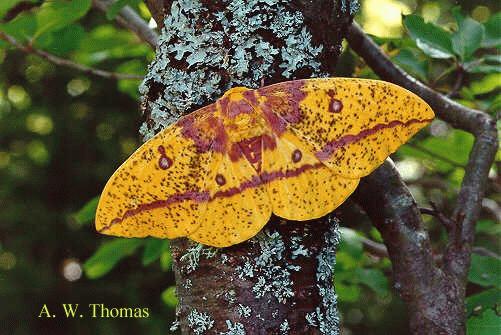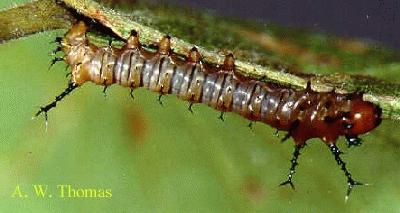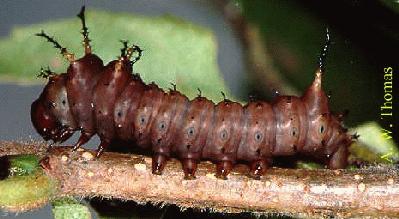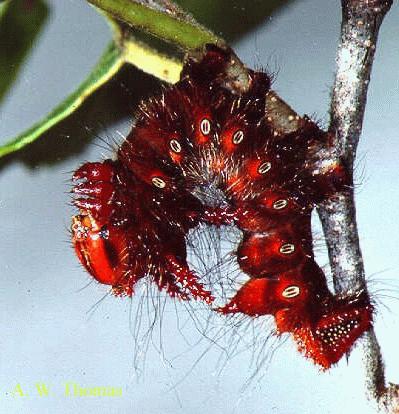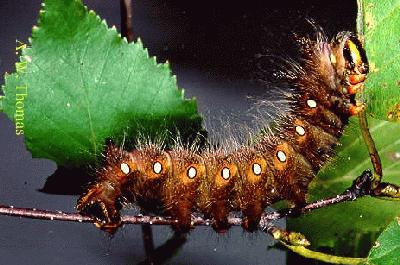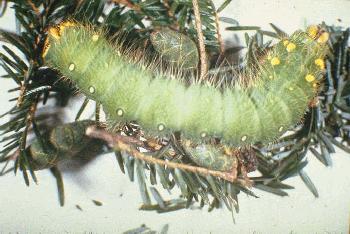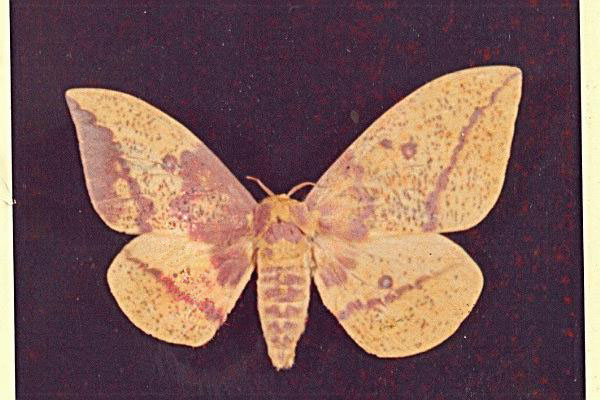EACLES IMPERIALIS IMPERIALIS (DRURY)
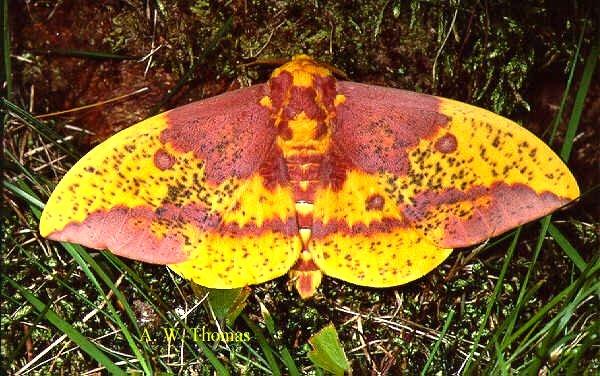
Eacles imperialis imperialis (male) courtesy of TONY THOMAS (copyright)
This site has been created by
Bill Oehlke at oehlkew@islandtelecom.com
Comments, suggestions and/or additional information are welcomed by Bill.
TAXONOMY:Superfamily: Bombycoidea, Latreille, 1802 |
"WhatAWonderfulWorld" |
